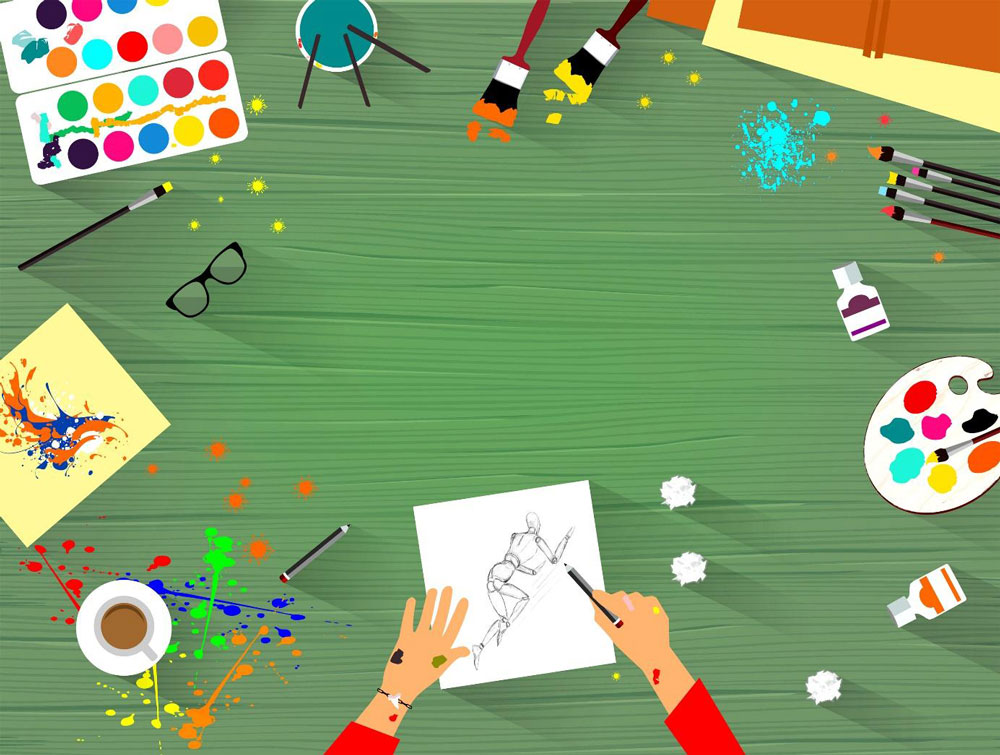As we all know, “a picture says a thousand words”. From there, it looks like you will need illustrations for your digital story, but how does it work, and what are the benefits? Here you will find all the answers to your questions.
To start, maybe we should all agree on the definition of image and illustration. The Oxford Languages Dictionary defines an image as “a picture, photograph or statue that represents somebody/something” and an illustration as “a drawing or picture in a book, magazine, for decoration or to explain something”.

As they say, “Show, don’t tell”: it is a fact that people process visual data easier. The human brain can process one image in 13 milliseconds (Potter et al., 2013), making 75 images per second. It means your brain can proceed quickly with pictures, and this makes it a perfect tool to make your story stronger in various aspects:
- Reflections: following the previous study (Potter et al., 2013), Mary Potter, one of the professors who worked on it, brings the idea that the brain is all day long searching for concepts about what we see and trying to give explanations to visuals we meet. Illustrations can then enhance the audience’s reflection.
- Attraction: images by their colours and shapes will bring more attention than text. It will naturally catch the eye and intrigue the readers, making them want more.
- Understanding: illustrations can make clear what a text does not. Especially in some circumstances. For example, using a family tree, graphics or a portrait. It is also easier to recall an image than a text. A long paragraph full of details will never be as easy to understand or imagine as a picture.
- Aesthetic: adding pictures will give your story value, beauty and creativity. It is also an excellent way to express yourself other than with words. Visuals can also enhance the tone of your story by its style and immerse your audience even more in a specific atmosphere.
- Handy: cutting the text with a visual will offer user-friendly sections to the audience and avoid losing their attention. It allows the readers to have more stops than only the end of a chapter.
- Structure: images placed at the right spot will make the structure of your book more apparent and, therefore, easier to follow. It will also help you highlight the story’s key points as you would mainly illustrate the most important parts of it. Be careful not to insist too much on certain aspects of your book and overshadow others simultaneously.
- Shortcut: it is sometimes necessary to reduce the length of your text; if you choose it well, visuals can help you. A graph, table, drawing, or scheme can easily spare a hundred words.
- Emotion: some people might have deeper feelings through words, some others through images. Adding them enhances the number of people who can feel emotional about your story, whether it is: joy, sadness, humour, anger, or happiness.
- Straight to the point: analysing an illustration is faster than reading a text. Readers might appreciate from time to time to understand what is happening in a blink of an eye.
